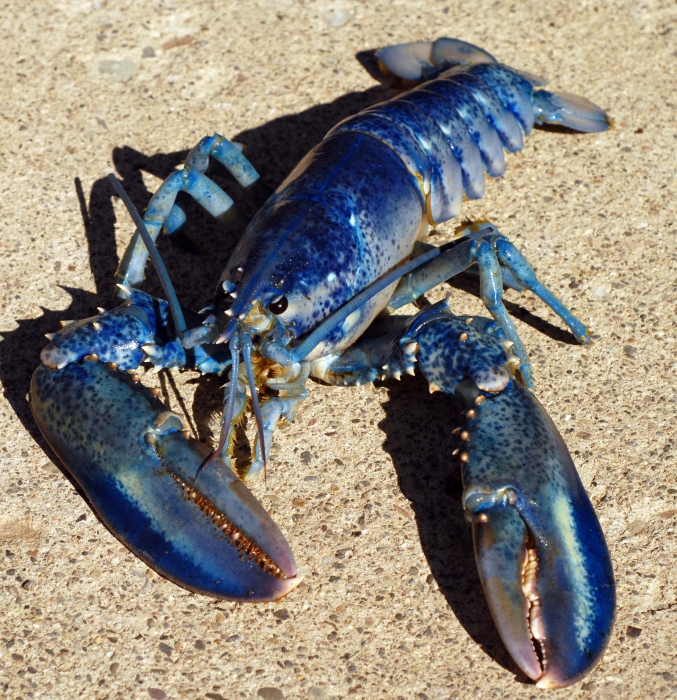College of Science Postgraduate Seminar Series - Spring 2014
15th May 2014 - 1pm - Zoology Museum (Wallace 129)
Does
the importation of live American lobster pose a threat to native European lobster populations?
Does the importation of live American lobster pose a threat to native European lobster populations?
Charlotte Eve Davies
(PhD student, Swansea University, UK)
Charlotte is a third year bioscience PhD student under the primary supervision of Professor Andrew Rowley. After graduating from a BSc Biology at Swansea University in 2011, she is now studying the various diseases and parasites afflicting the European lobster.
Since 1989 there have been over 100 recorded
incidences of American lobster (H.
americanus) being found in European waters. Usually a result of escapees
from ships, these ‘invasive’ lobsters may have serious implications for our
native lobster (H. gammarus). European
lobsters have an estimated value of £26.5 m to the U.K. lobster fishing industry
therefore it is important to monitor the effect that these introduced species
may have – there have already been reports of Homarus hybrids caused by inter-breeding and there are fears for
the introduction of disease.
 |
| from: www.marinespecies.org |
Our study examined the susceptibility of American and
European lobsters to shell disease. Molecular techniques and scanning electron
microscopy were used to identify differences between the cuticle structure of
both species, as well as bacterial flora and subsequent structural
modifications of the cuticle after induced damage.
The carapace and claws of American lobsters were found
to be thinner and more vulnerable to abrasion damage than their European
counterparts. The induced damage resulted in the formation of shell disease
lesions on the claw and carapace of both species; however, American lobsters,
unlike their European counterparts, had extensive bacterial colonisation on the
margins of these lesions. It was deduced that the cuticle of the European
lobster may be less susceptible to damage and resulting microbial colonisation.

No comments:
Post a Comment